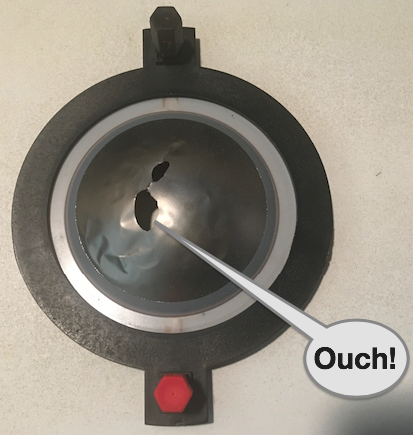Academy to mandate theatrical expansions for best picture contenders starting in 2024
In a move that will require distributors to plan wider and longer theatrical releases, the Academy has issued new rules starting next season that will ensure companies expand a best picture contender’s theatrical footprint no later than 45 days after the initial qualifying release.
In a bid to support theatre-going, new requirements by the board starting with the 97th Academy Awards honouring films released in 2024 mean that once a film has received its initial one-week theatrical release in one of six qualifying US markets, it must meet certain additional theatrical standards for best picture eligibility:
- Expanded theatrical run of seven days, consecutive or non-consecutive, in 10 of the top 50 US markets, no later than 45 days after the initial release in 2024;
- For late-in-the-year films with expansions after January 10, 2025, distributors must submit release plans to the Academy for verification;
- Release plans for late-in-the-year films must include a planned expanded theatrical run, as described above, to be completed no later than January 24, 2025;
- Non-US territory releases can count towards two of the 10 markets; and
- Qualifying non-US markets include the top 15 international theatrical markets plus the home territory for the film.
The Academy will review the new requirements, as it does all eligibility rules, on an ongoing basis. Eligibility for achievements in the various discipline categories will not be impacted by the new requirements.
The new measures follow Academy conversations with distributors of all sizes and are in synch with the Academy’s belief that a vibrant theatrical sector is crucial to the well-being of the industry.
While the new requirements will extend theatrical runs by at least seven days they do not mandate distributors to keep films in theatres for 45 days; rather the companies must put their films in 10 markets within 45 days of release and could in theory open a film in 10 or more markets straight away.
The expansion requirement may be challenging to smaller distributors, which is why the Academy has announced the measures this week to give distributors time to plan 2024 releases. There are no restrictions on films subsequently getting a re-release more than 45 days after the initial launch date. Distributors often do this after the Oscar nominations are announced.
Distributors of late-year releases would have less than 45 days in which to expand their films’ theatrical footprints given the January 24 2025 cut-off.
While the rule change is not about the length of a theatrical run, it also remains to be seen how it will impact the streamers’ theatrical engagement.
For this season at least, Amazon Studios has shown it is committed to a considerable exclusive theatrical release as it did with Air, which got a 30-day exclusive theatrical run and played on more than 3,500 screens before it arrived on Prime Video.
Screen understands Apple is planning 45-day exclusive runs on its upcoming Martin Scorsese and Ridley Scott epics Killers Of The Flower Moon (with Paramount) and Napoleon (with Sony).Netflix does not always give a film a long theatrical run and last year the streamer put Rian Johnson’s whodunnit Glass Onion: A Knives Out Mystery in theatres for one week before the platform debut. Executive chairman Reed Hastings explained that while he was aware the company was leaving money on the table by foregoing a longer theatrical release, it was promotional tactic in service to Netflix subscribers and Netflix had no plans to build a theatrical business.
What remained unclear at time of writing was how smaller distributors that lack spending power – particularly those handling international feature film contenders whose producers or national film bodies cannot commit to a substantial release – will afford to expand their initial theatrical footprint.
It was also unclear which source will define the top 15 international theatrical markets. Screen understands the Academy will adapt as market ranking fluctuates.
“As we do every year, we have been reviewing and assessing our theatrical eligibility requirements for the Oscars,” said Academy CEO Bill Kramer and president Janet Yang. “In support of our mission to celebrate and honor the arts and sciences of moviemaking, it is our hope that this expanded theatrical footprint will increase the visibility of films worldwide and encourage audiences to experience our artform in a theatrical setting. Based on many conversations with industry partners, we feel that this evolution benefits film artists and movie lovers alike.”






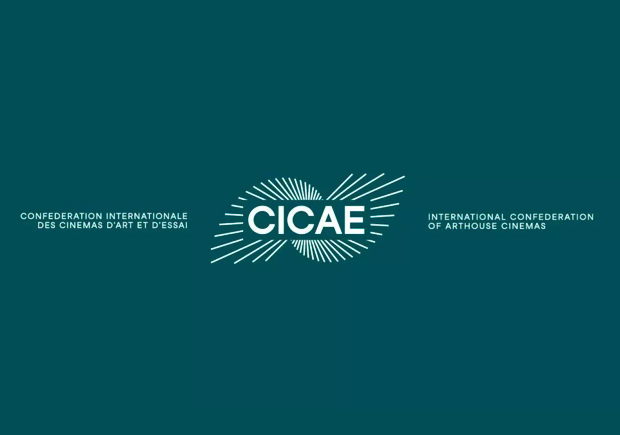
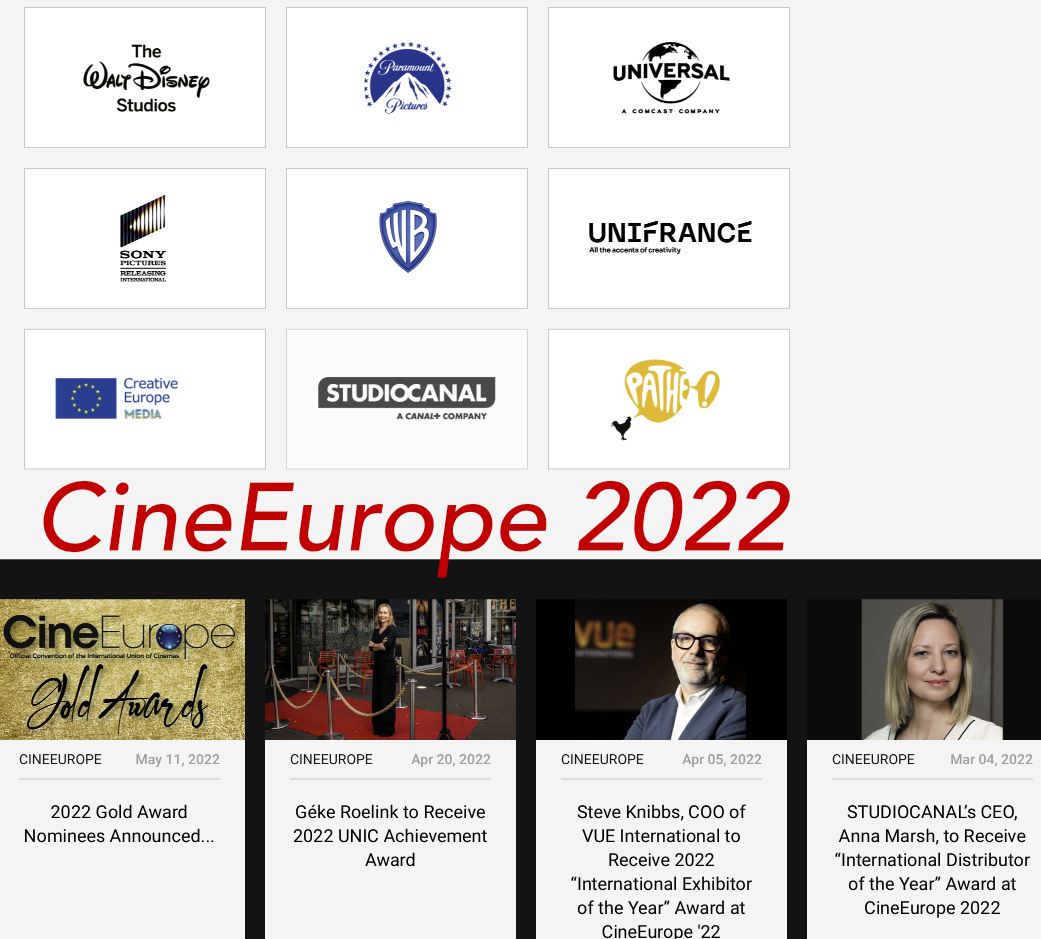

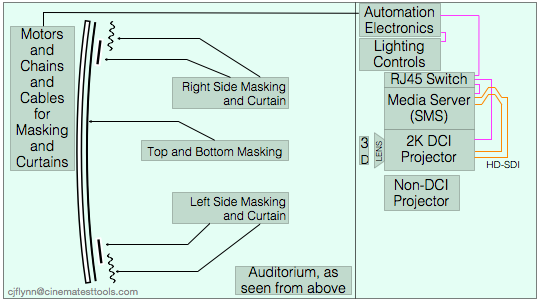
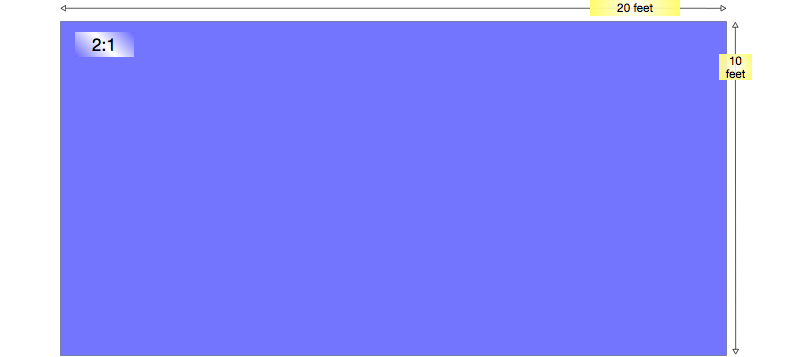
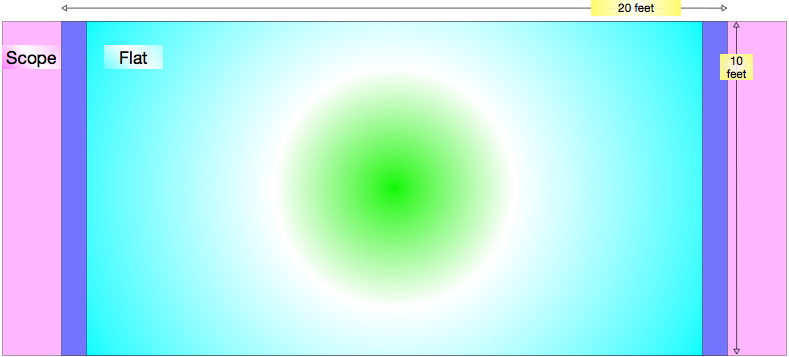
 Maybe you remember those old maps with the ship at the edge near the sign that says: Warning – Here Be Dragons~! Well…Warning — Here Be Maths~! …and, yes, we promised to keep math to a minimum. But there will be drawings too, with arrows and bright colors. So, be brave.
Maybe you remember those old maps with the ship at the edge near the sign that says: Warning – Here Be Dragons~! Well…Warning — Here Be Maths~! …and, yes, we promised to keep math to a minimum. But there will be drawings too, with arrows and bright colors. So, be brave. 